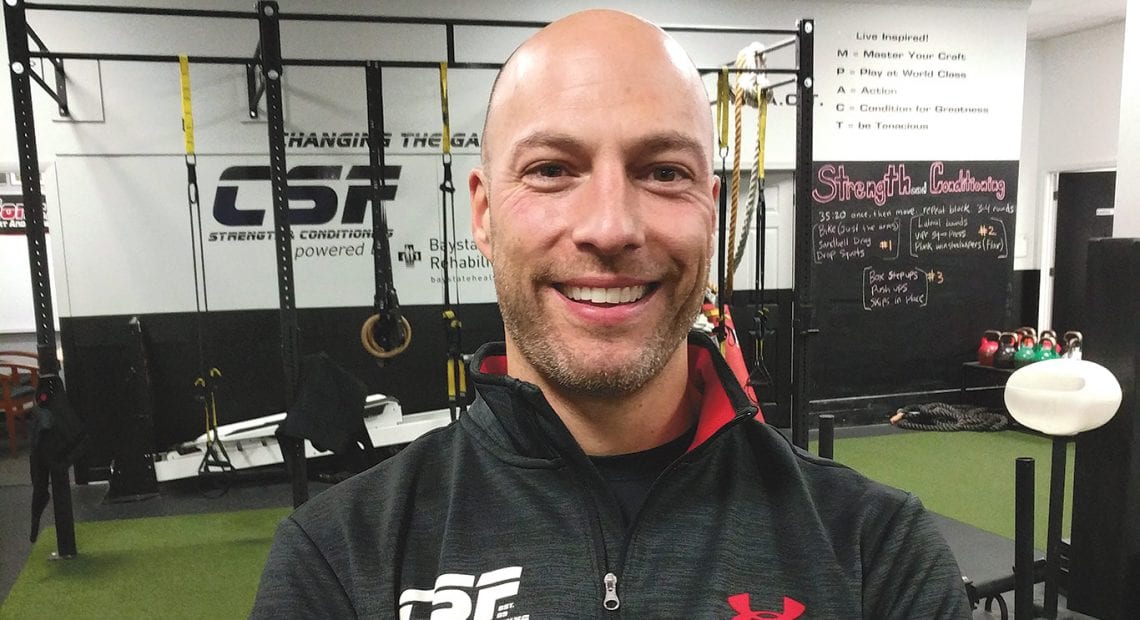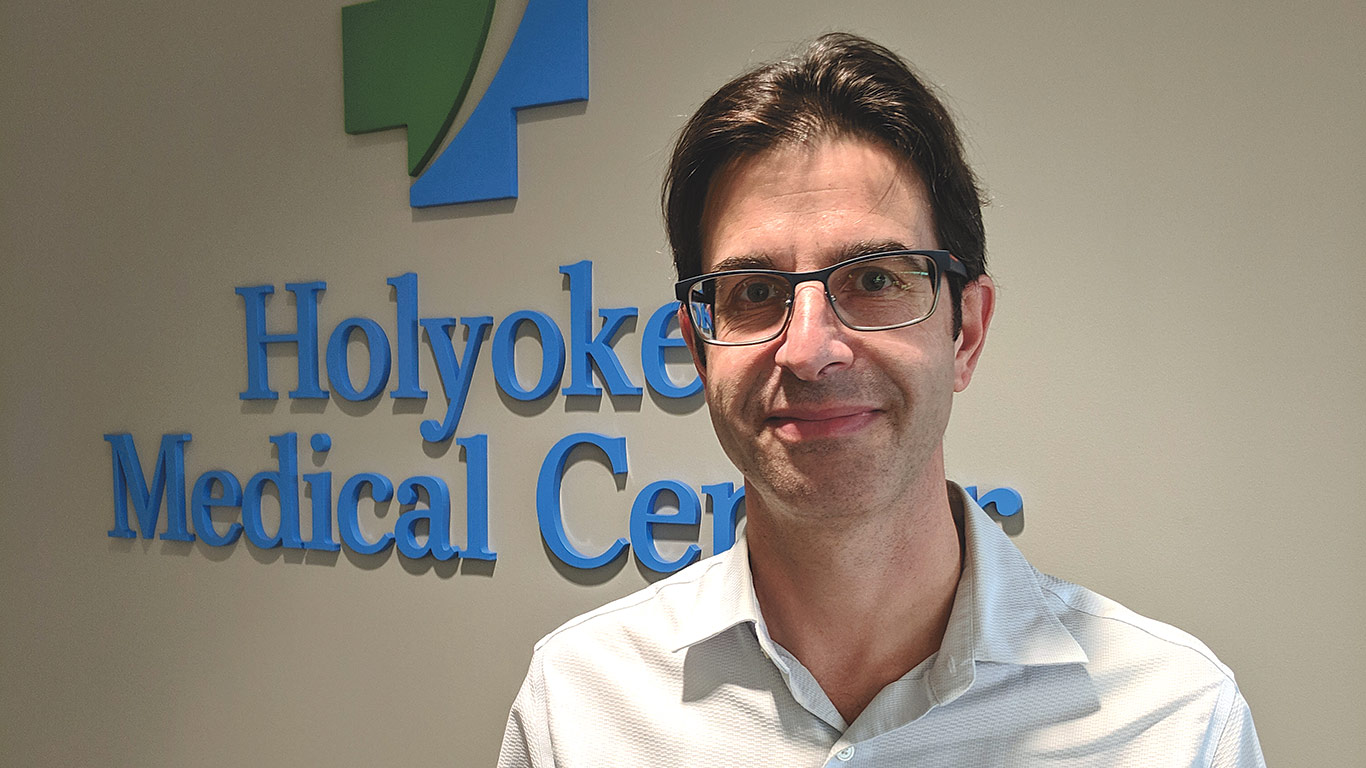Understanding the Americans with Disabilities Act
By Sarah M. Ryzewski, Esq.

Sarah M. Ryzewski
A request for time off comes across your desk from an employee. The employee is requesting additional time off to accommodate a disability she has. The additional time requested is needed to be able to attend all of her appointments, necessary for her to complete her treatment.
How an employer goes about identifying an accommodation request, and either approving or denying the request, is important in staying compliant with the Americans with Disabilities Act (ADA) and other federal and state laws. Satisfying the obligations required by employers under such laws is necessary to prevent unlawful actions and prevent disability discrimination.
Under the ADA, it is unlawful for certain employers to discriminate against individuals with disabilities; the law further requires employers to provide reasonable accommodations to individuals with a qualified disability. A disability is an impairment that substantially limits one or more life activities. A qualified disabled individual is a person who is capable of performing the essential functions of the particular job or would be capable of performing the essential functions with a reasonable accommodation.
The ADA applies only to employers who have 15 or more employers, labor unions, and state and federal government.
Employers need to be able to recognize when a request for an accommodation for a qualified disability is being made. Employees seeking accommodations under the ADA are making the request to be able to perform the essential functions of the job which they have. When making a request for an accommodation, employees are not required to use specific words such as ‘accommodation’ or ‘disability,’ but, rather, only need to explain why a change or adjustment is needed because of a medical condition.
“Under the ADA, it is unlawful for certain employers to discriminate against individuals with disabilities; the law further requires employers to provide reasonable accommodations to individuals with a qualified disability.”
This medical condition can be either mental or physical. Since key words or phrases are not required under the ADA to make accommodation requests, employers need to educate themselves on how to spot a variety of different ccommodation requests, how requests are being made, and the words being used. Take, for instance, the employee cited above, requesting time off for her appointments. She would be successful in submitting her request for an accommodation by explaining to her employer she needs additional days off during the next few months to be able to complete her chemotherapy. She would not be required to say she needs an accommodation for her disability.
Once the accommodation request has been made, employers will need to determine whether or not the accommodation is reasonable and will need to enter into an interactive discussion. A reasonable accommodation is a change to a job that will allow an individual with a qualified disability to perform essential functions of a job. The accommodation must be related to the job the employee making the request has — otherwise, it is not reasonable. Moreover, employers are not required to approve a request for an accommodation if the request made would cause the employer an undue hardship.
Undue hardships occur when it would require an employer to undertake an unreasonable expense or it would cause significant difficulty to allow the request. Reasonable accommodations usually include modified work schedules, making workplaces easily accessible, leave, and modifying work equipment, among others.
An unreasonable accommodation request would include personal items such as paying for special eyewear or hearing aids. Whether or not an employer ultimately approves or denies an accommodation request, the employer should seek out alternative accommodations to present and negotiate to the employee making the request. Employers are strongly encouraged to fulfill their duty to be compliant by researching the accommodation request and providing alternative accommodations before flat-out denying the request. Determinative on whether an accommodation decision can be reached or not, employers can provide temporary accommodations until a final accommodation has been determined.
To complicate the obligations under the ADA, additional federal and state laws may be intertwined, forcing employers to stay informed. These laws can obligate employers to adhere to additional requirements or may prevent employers from being able to approve certain accommodations.
Frequent laws which come into play with the ADA include the Family Medical Leave Act (FMLA) and state-specific medical leave acts. Medical leave acts allow employees to take a specified amount of time off for medical or family-related reasons. Employers should inform employees whether or not the leave for a disability is within an existing leave policy with the employer, or whether it will be treated as an accommodation request, and should provide information as to whether the leave will be paid or not and the amount of time an employee is allowed to take.
Employers can request documentation for a leave request before approving it as an accommodation request. Employers should provide information on how the ADA’s reasonable-accommodation requirement could be affected by other federal and state laws. Based upon the example from above, the employer would need to explain how the employee’s request for leave as an accommodation would either be within the employer’s existing leave policy or treated as an accommodation request for her disability.
Furthermore, the employer would need to provide additional information to the employee on whether or not the leave, if approved, would be paid or unpaid, and the amount of time she could take.
Although the ADA has many complex components, it is crucial to be well-educated on obligations owed by employers. Employers who fail to adhere to the requirements risk possible claims of non-compliance and potential claims of disability discrimination.
Providing information to employees on the ADA is crucial. Employers should provide employees with the procedures on how to request accommodations, provide contact information for individuals who handle accommodation requests, and document every accommodation request. Having information relating to the ADA within an employee handbook, signage, and training and orientation material is essential. Finally, employers should have a procedure in place for how to successfully oblige the law.
For more information on the ADA and employer obligations, seek clarification from an attorney.
Sarah M. Ryzewski, Esq. is an associate attorney at Royal, P.C.; (413) 586-2288; [email protected]









